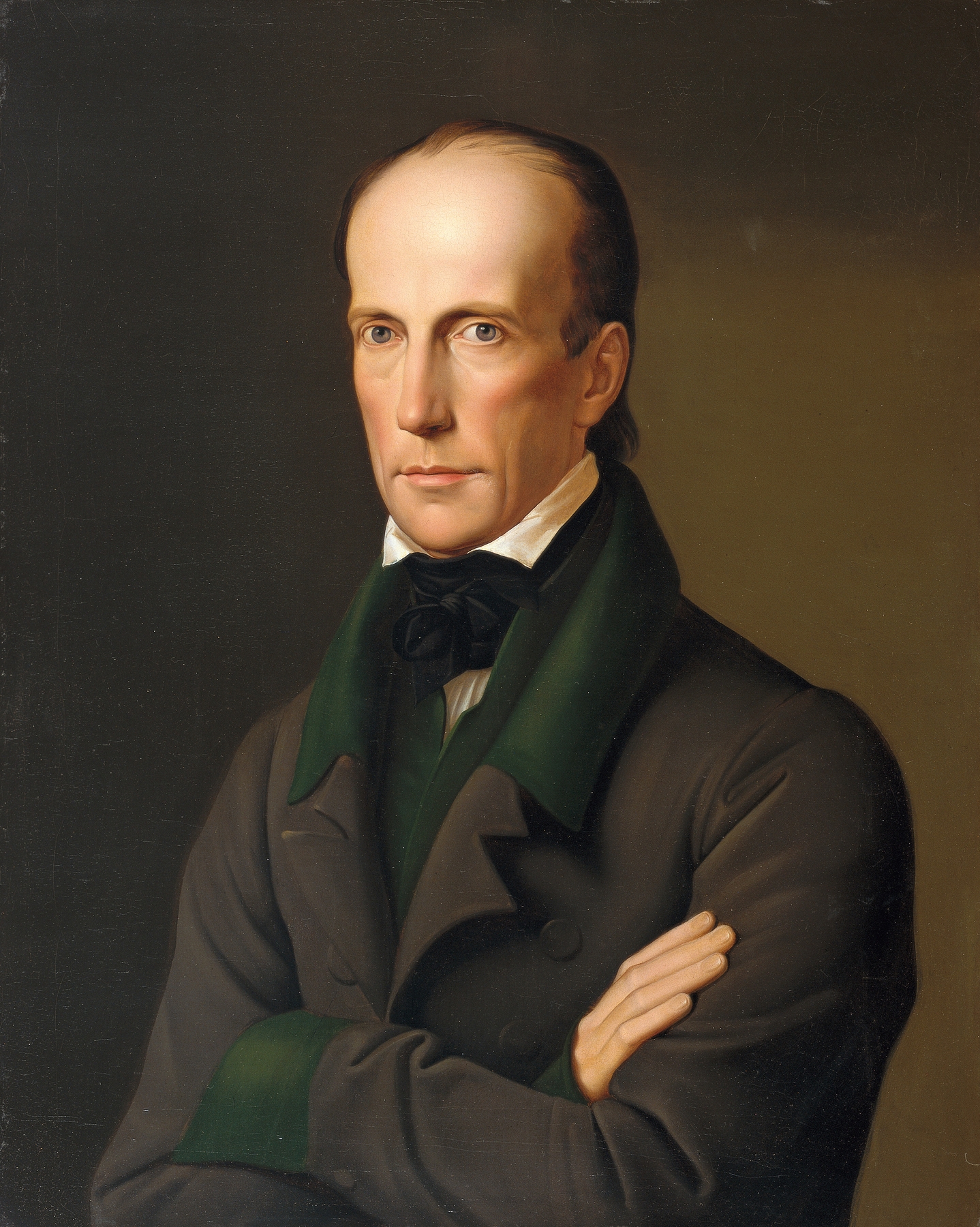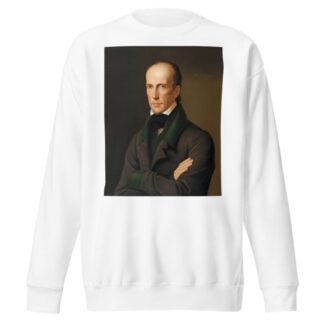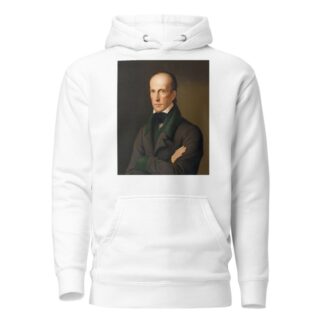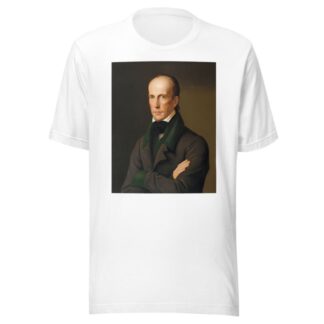Description
Erzherzog Johann by Leopold Kupelwieser printed on a T-Shirt
About the T-Shirt
Regular fit
Standard length, the fabric easily gives into movement
Casual wear
A classic, everyday option loved by our customers
Side-seamed
Constructed by sewing two parts together, creating a fitted look
The Unisex Staple T-Shirt feels soft and light with just the right amount of stretch. It’s comfortable and flattering for all. We can’t compliment this shirt enough–it’s one of our crowd favorites, and it’s sure to be your next favorite too!
- Solid colors are 100% Airlume combed and ring-spun cotton
- Ash color is 99% combed and ring-spun cotton, 1% polyester
- Heather colors are 52% combed and ring-spun cotton, 48% polyester
- Athletic and Black Heather are 90% combed and ring-spun cotton, 10% polyester
- Heather Prism colors are 99% combed and ring-spun cotton, 1% polyester
- Fabric weight: 4.2 oz./yd.² (142 g/m²)
- Pre-shrunk fabric
- 30 singles
- Side-seamed construction
- Tear-away label
- Shoulder-to-shoulder taping
- Blank product sourced from Nicaragua, Mexico, Honduras, or the US
Leopold Kupelwieser (1776-1862)
Leopold Kupelwieser was an Austrian painter, often associated with the Nazarene movement.
He was the son of Johann Baptist Georg Kilian Kupelwieser (1760–1813), co-owner of a factory that produced tableware. His talents were recognized at an early age by the sculptor Franz Anton von Zauner and by the time he was twelve, he was already attending the Academy of Fine Arts, Vienna.
During a stay in Rome in 1824, he came under the influence of Friedrich Overbeck and the Nazarene movement. After the death of Alexei Sergeyevich Berezin [ru], a Russian nobleman who had been his patron there, he returned to Vienna and earned his living primarily as an illustrator and portrait painter, although he is also known to have painted shop signs.
His brother was the theatrical director Joseph Kupelwieser, who wrote the libretto for Schubert’s opera Fierrabras. With his brother, Joseph, he was a member of the “Schubertianern” (friends of Franz Schubert), a group that often got together for summers at the Schloss Atzenbrugg, west of Vienna. In 1826, Leopold married Maria Johanna Evangelista Augustina Stephania Theodora Lutz, an occasion which was marked by Schubert’s composition, the “Kupelwieser Waltz” (never written down, but passed along by the family and later transcribed by Richard Strauss).
In 1837, he became Professor of history painting at the Academy and, in 1850, was awarded the Knight’s Cross of the Order of Franz Joseph. Virtually all of his later work involved religious altarpieces and frescoes. At the age of sixty he fell ill, apparently due to the rigors of painting on wet lime, and never recovered his health.






Reviews
There are no reviews yet.